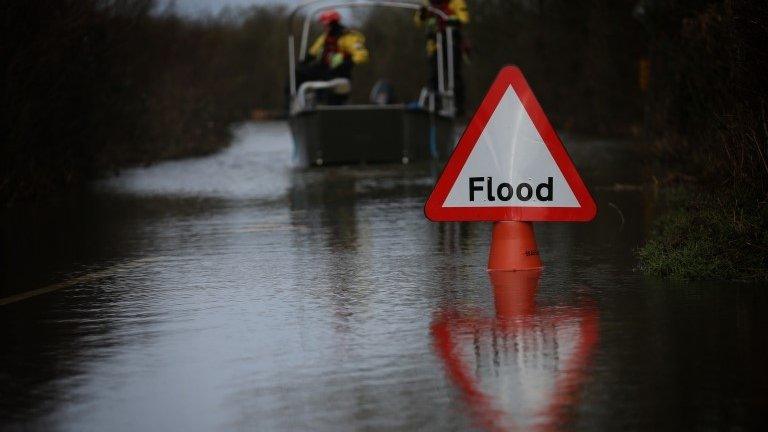Somerset floods: River dredging begins on Parrett and Tone
- Published
John Maguire speaks to the Environment Agency's Craig Woolhouse as dredging work begins
River dredging on the Somerset Levels has started as part of a package of measures aimed at preventing a repeat of the winter floods.
Many have blamed a lack of dredging for the flooding, but the Environment Agency has maintained it would not have prevented it.
Work is beginning on five miles (8km) of the rivers Parrett and Tone.
Other measures recommended in a £100m, 20-year Flood Action Plan, external include a tidal barrage and extra pumping sites.
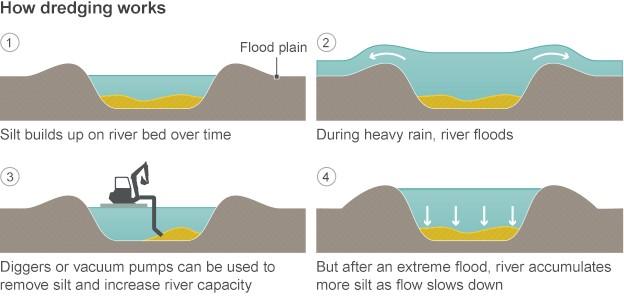
Prime Minister David Cameron has said "money is no object" in sorting out the problems which led to large swathes of the Levels spending much of the winter under water.
'Fantastic start'
At the peak of the crisis, some 11,500 hectares (28,420 acres) was inundated.
Bryony Sadler, from the Flooding on the Levels Action Group (Flag), said dredging was only part of the solution.
"It's a fantastic start, but this is a 20-year plan and beyond," she said.
"Hopefully there will be things like the upper catchment work to stop the water coming so quickly and a barrage in Bridgwater to stop the silt coming in in the first place.
"We had about 2ft (60cm) of water in [our home] - we all know flooding will happen - but if this work had been done last year the homes probably would have been saved.
"We can deal with gardens and farmland if we have to, but the length of time and the duration of the floods is massively reduced if they dredge the rivers," she said.
Craig Woolhouse from the Environment Agency said 400,000 tonnes of silt had to be dredged from the rivers over the next six or seven months.
'Tidal influence'
"We're going to have more machines working in more locations in the coming months to get that work done before next winter and give people more confidence that the sort of flooding they had this year - if we have the same rainfall again - we wouldn't have the same degree of flooding," he said.
"Dredging's part of the answer. It's certainly going to help those communities on North Moor, like Moorlands, that flooded and reduce the flood risks for them.
"There is a tidal influence in the Levels as well... that tidal influence with climate change is only going to become more significant and hence the idea of a barrier at Bridgwater to exclude the tidal effects.
"It's going to have to be a range of options to give flood protection in the area on a comprehensive level," Mr Woolhouse said.
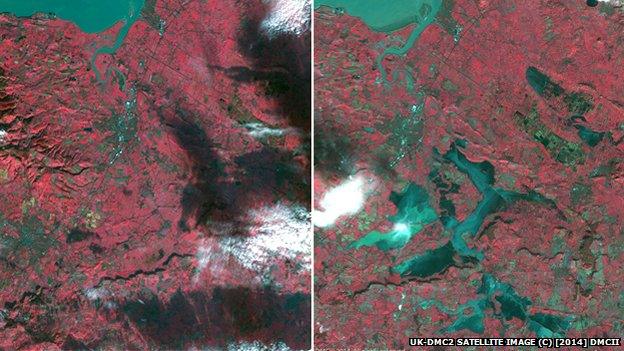
UK Space Agency images show how the flooding worsened from 8 January (left) to 10 February (right)
- Published31 March 2014
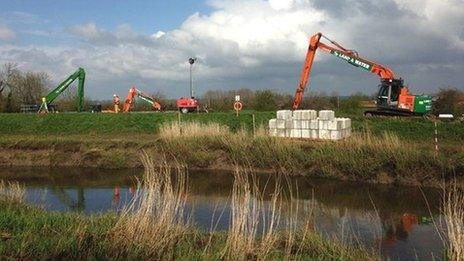
- Published27 March 2014
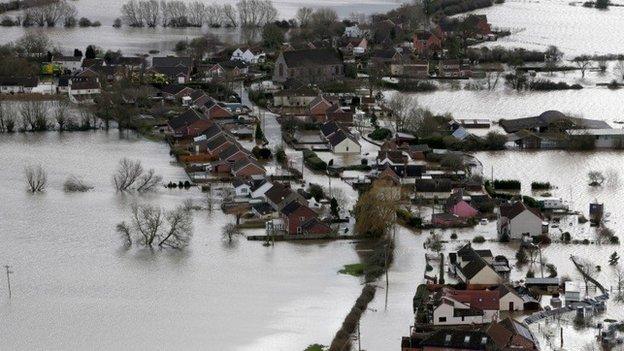
- Published19 March 2014
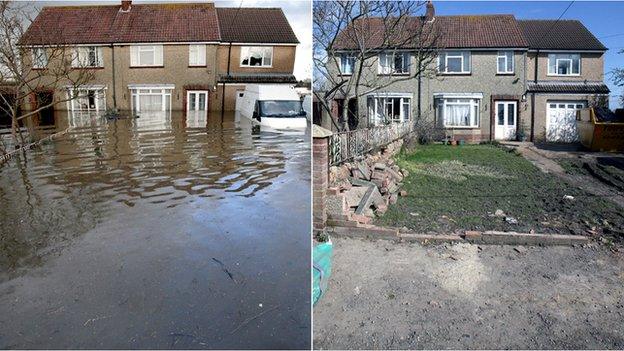
- Published6 March 2014

- Published5 March 2014
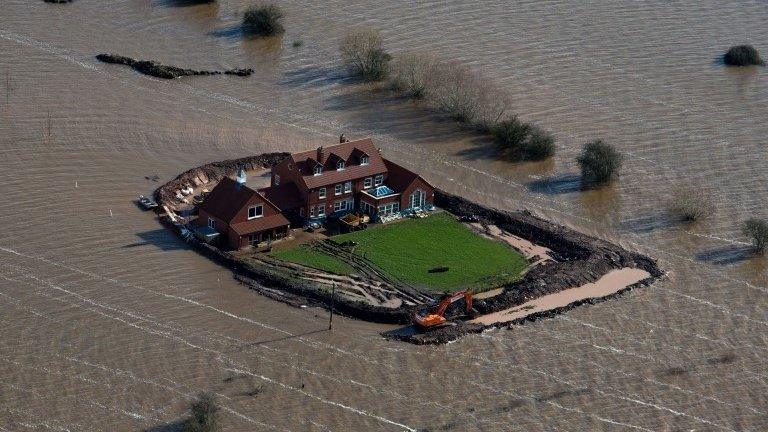
- Published14 February 2014
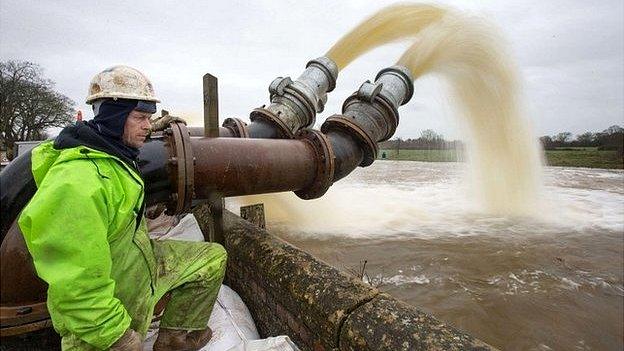
- Published7 February 2014
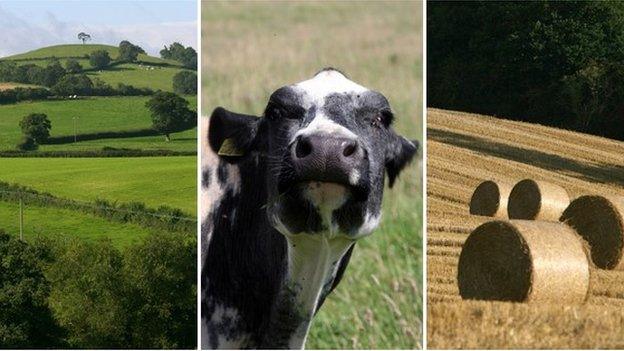
- Published22 February 2022

- Published27 January 2014
